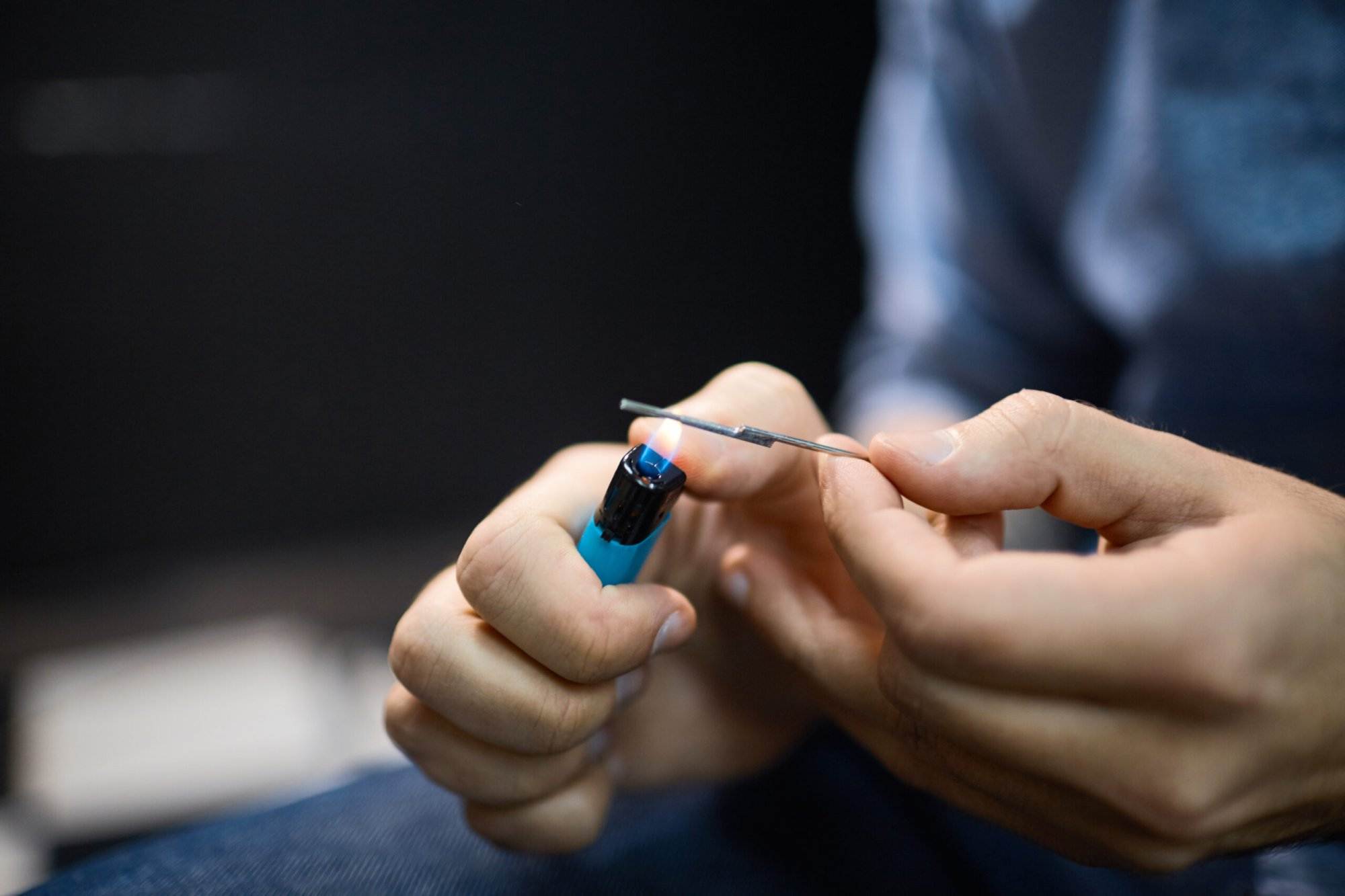Disinfection is a crucial aspect of maintaining a clean and healthy work environment. In recent years, there has been an increased focus on sanitizing common office spaces to combat viruses and bacteria. This is because offices are often shared by many people who may be carrying different types of germs and illnesses. Therefore, it’s essential to ensure that your office space is regularly disinfected and deep-cleaned to prevent the spread of contagious diseases.
Introduction to Disinfecting Common Office Spaces
Disinfectants are chemical agents used to kill or inhibit the growth of microorganisms such as bacteria, fungi, and viruses. They can be applied to surfaces, objects, or equipment to destroy pathogens that could potentially cause disease. The process of disinfecting involves using these agents to remove or reduce the number of infectious organisms from a surface or object. It’s important to note that while disinfectants can help eliminate harmful pathogens, they cannot completely sterilize a surface or object.
The Importance of Regular Deep Cleaning and Sanitizing
Regularly scheduled deep cleanings and sanitizations should be part of any office maintenance program. A thorough cleaning should involve removing all dust, dirt, and debris from surfaces, including floors, walls, countertops, and furniture. Additionally, all hard surfaces should be disinfected with an EPA-registered product that is effective against a broad range of pathogens. Carpets and rugs should also be vacuumed thoroughly and spot-treated for stains and spills.
How to Choose the Right Disinfectant for Your Office Space
When choosing a disinfectant for your office space, you should look for one that is specifically designed for use in commercial settings. These products will typically have a higher concentration of active ingredients than household cleaners and will be more effective at killing a wide range of pathogens. You should also consider factors such as the type of surface being cleaned, the level of soil accumulation, and whether the area is high traffic or not.
Case Study: The Benefits of Implementing a Disinfection Program in an Office Environment
A study conducted in a busy office building found that implementing a comprehensive disinfection program resulted in a significant reduction in absenteeism due to illness among employees. The program involved regular cleaning and disinfecting of commonly touched surfaces such as door knobs, elevator buttons, and computer keyboards. After six months, the rate of employee sick days decreased by 25%, resulting in cost savings for the company due to reduced staff turnover and lower insurance premiums.
Conclusion
In conclusion, disinfecting common office spaces is critical for maintaining a healthy and safe working environment. By following best practices for disinfecting and deep cleaning, companies can protect their employees and customers from the spread of contagious diseases.


